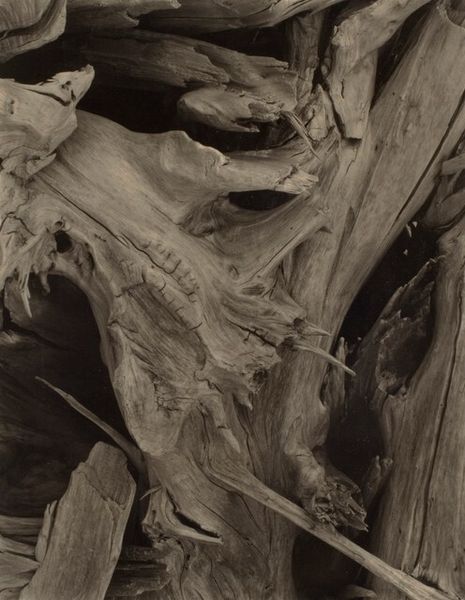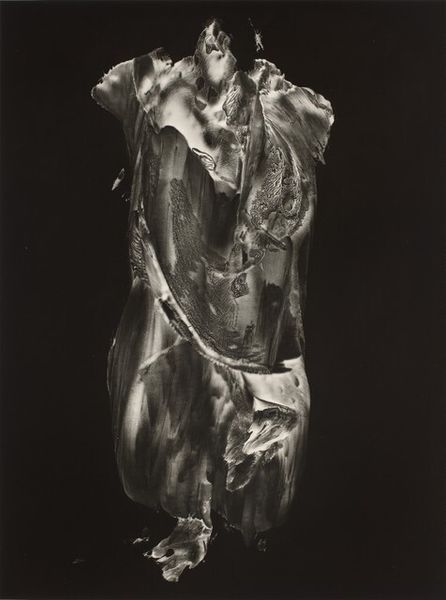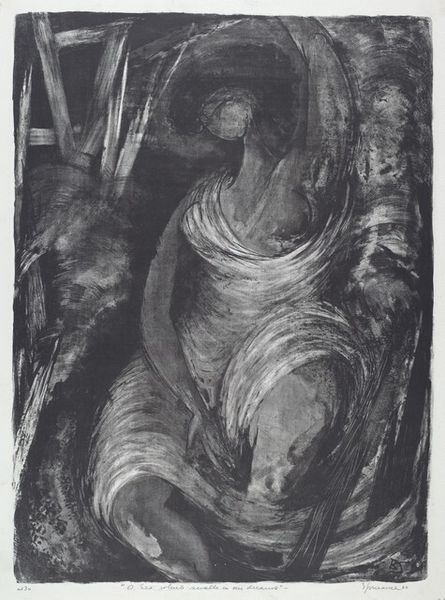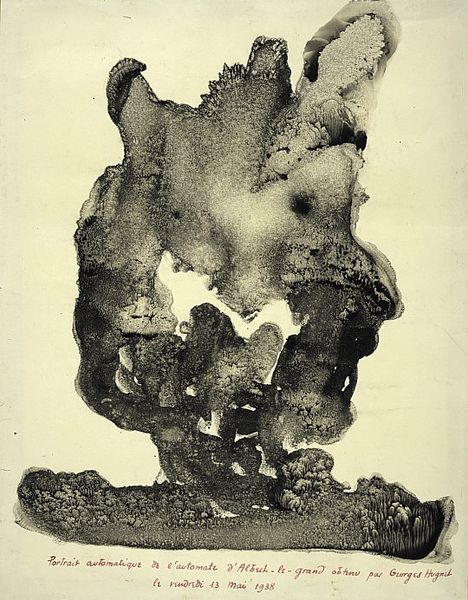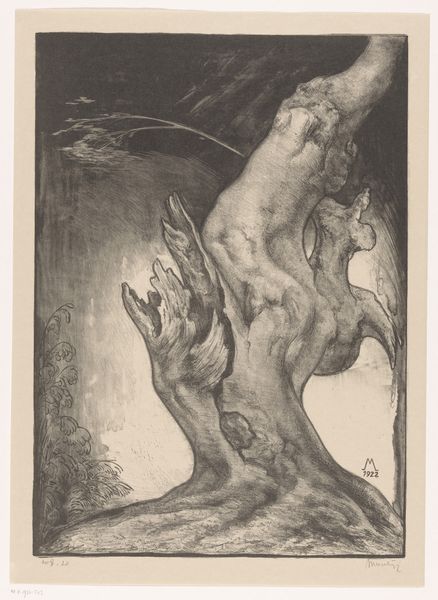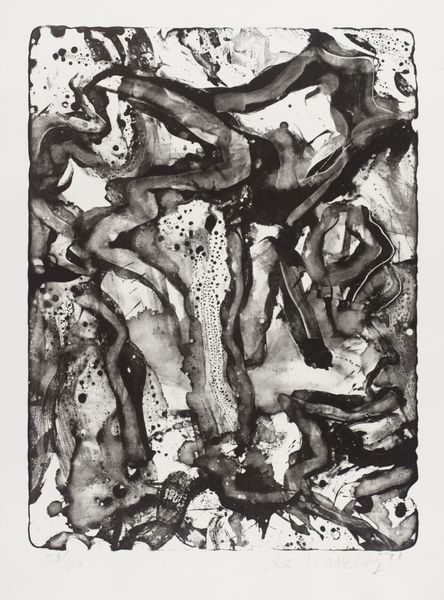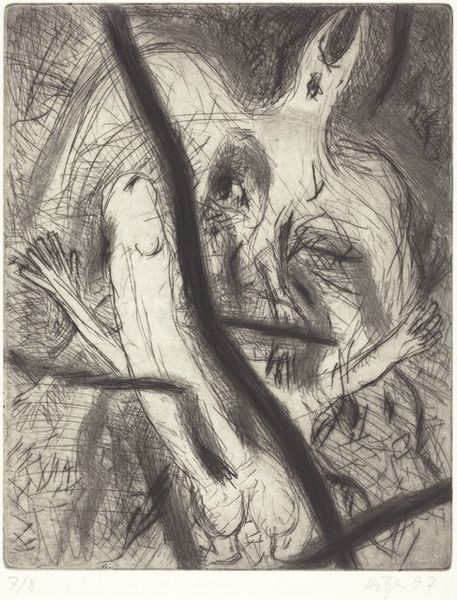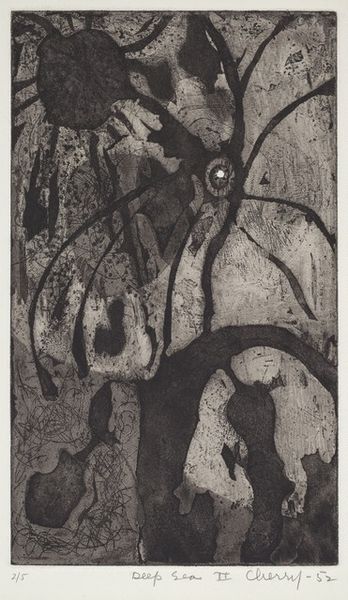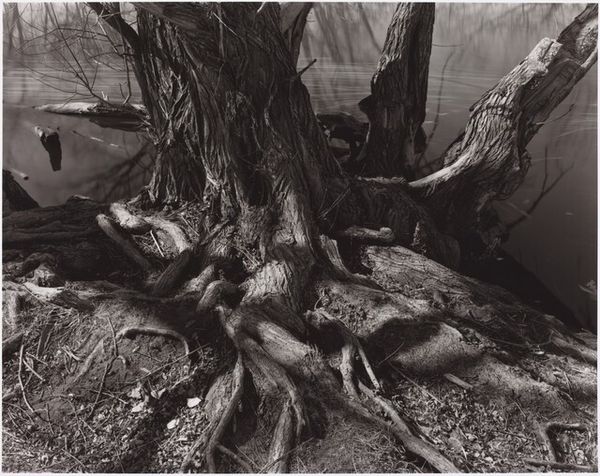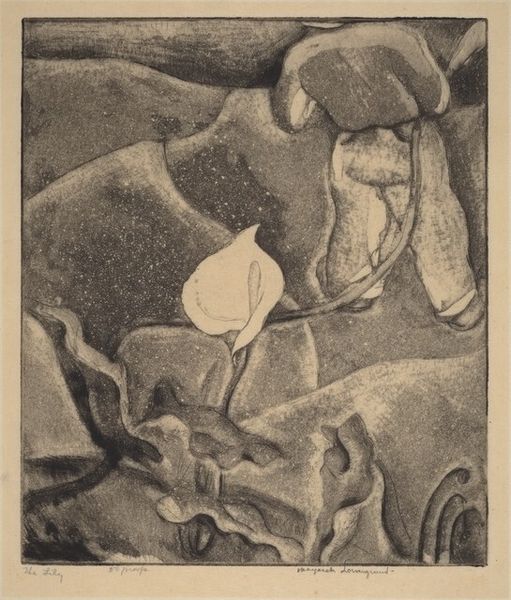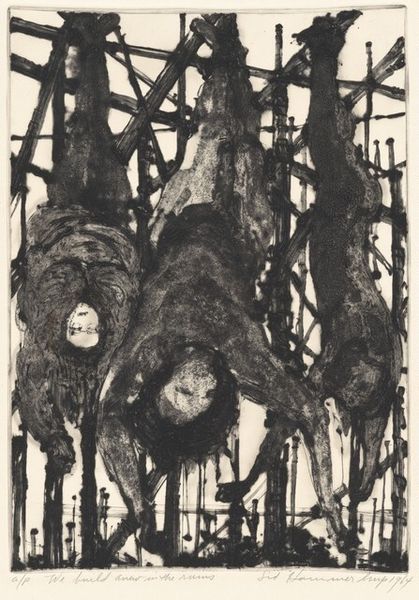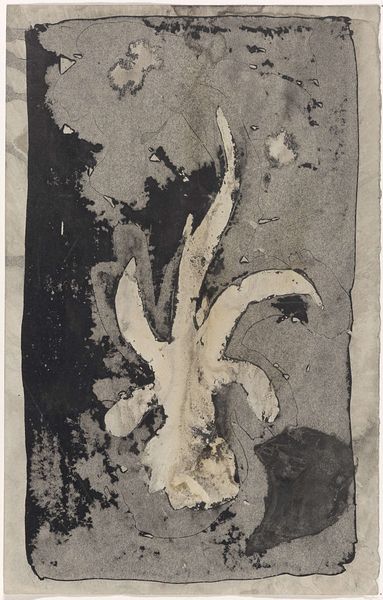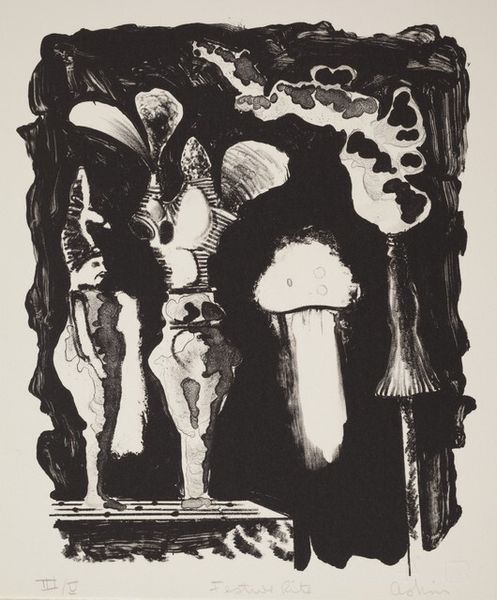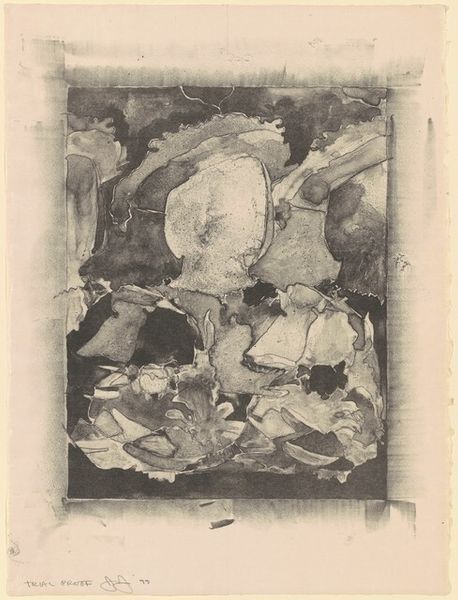
photography, gelatin-silver-print
#
still-life-photography
#
landscape
#
photography
#
gelatin-silver-print
#
realism
Dimensions: image: 19.4 x 24.3 cm (7 5/8 x 9 9/16 in.) sheet: 20.3 x 25.1 cm (8 x 9 7/8 in.)
Copyright: National Gallery of Art: CC0 1.0
Curator: Looking at this gelatin silver print, "Driftwood, Dark Roots, Georgetown, Maine" from 1928 by Paul Strand, what are your immediate thoughts? Editor: The gnarled, interwoven shapes almost have a life of their own, like tangled bodies pushing against some unknown force. It feels quite claustrophobic and strangely melancholy, a graveyard of nature, almost. Curator: Yes, there's a tension between the objective realism of Strand’s photographic approach, documenting the texture and form of the driftwood in detail, and that more subjective feeling you describe. We know Strand moved toward realism in the 1920s, seeing the camera as a tool to record subjects directly, to expose their inherent qualities, yet the choice of driftwood imbues that with pathos. Editor: Pathos, absolutely. Driftwood itself carries so much symbolic weight—uprooting, impermanence, the violence of natural forces. And Georgetown, Maine has a rich history with its connection to shipbuilding in this period; considering its labor practices, it all adds another layer of complexity, doesn't it? Curator: Absolutely. Strand’s selection becomes almost archaeological, unearthed remnants bearing traces of their own history but also the human narrative bound to place and time. The interplay of light and shadow enhances that sense of uncovering something hidden or forgotten, like visual strata in a painting, or an archeological digsite.. Editor: The image is aesthetically compelling, but when considering it more deeply, you feel its weight; all the driftwood piling upon itself like historical traumas that manifest in our present. It makes me reflect on environmental degradation, colonialism and capitalist exploitation, things this driftwood, as part of the environment, has quietly “witnessed” over decades and centuries. Curator: An elegy for the land and what is lost. In focusing on something often overlooked, Strand encourages us to examine the layers of meaning embedded in seemingly ordinary objects, like a root system made visible, as if pulled to the surface to finally have their voices heard. Editor: And its stark monochrome underscores that somber tone. This isn't just a still life, but an opportunity to think about what has already been destroyed or abandoned. Curator: It certainly makes me pause and reconsider the inherent weight carried by even the simplest, most natural objects. Editor: Me too. Its somber beauty reminds me to engage with the physical world more responsibly and reflect on how our interactions impact it.
Comments
No comments
Be the first to comment and join the conversation on the ultimate creative platform.
